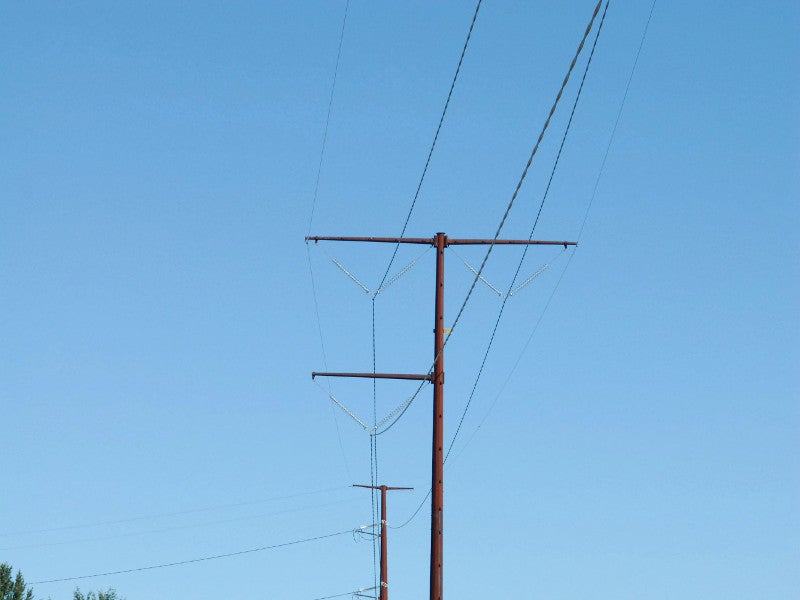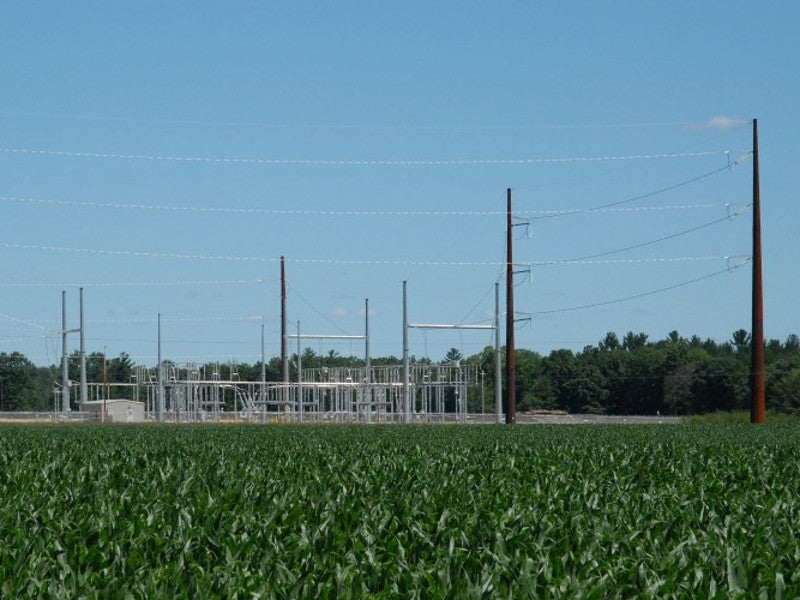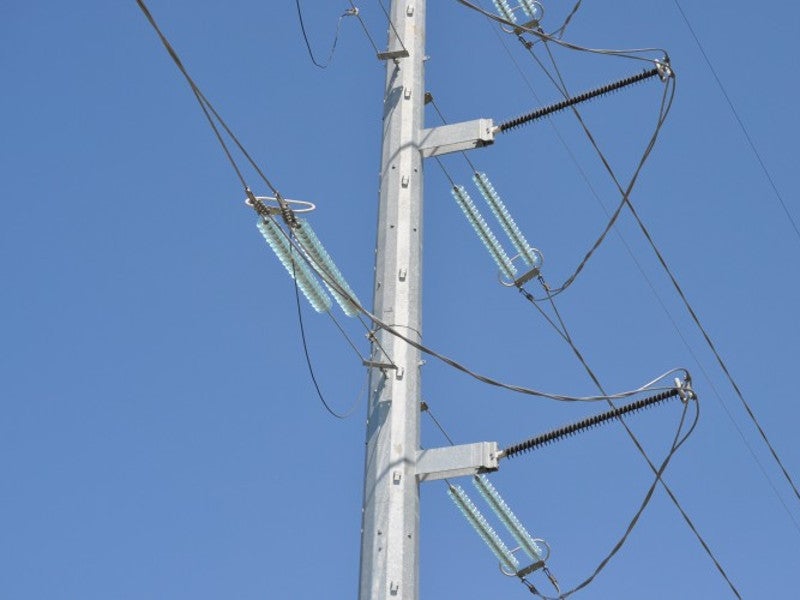The Cardinal-Hickory Creek transmission project is a proposed 193km-long 345kV transmission line to connect Iowa and Wisconsin, in the Midwest region of the US.
Estimated to cost £402m ($500m), the Cardinal-Hickory Creek transmission line is planned to be developed and operated by a joint venture between American Transmission Company (45.5%), Dairyland Power Cooperative (DPC, 9%), and ITC Midwest (45.5%).
A scoping study for the transmission project was released in June 2017, while the draft environmental impact statement was released in November 2018.
The Wisconsin Public Service Commission (PSC) approved the construction of the transmission line in September 2019.
Construction of the interstate transmission line is expected to be started in 2021, after final approval from the Iowa Utilities Board (IUB) and the US federal agencies, including the US Fish and Wildlife Service (USFWS) and the US Army Corps of Engineers (USACE).
Scheduled to enter service in 2023, the Cardinal-Hickory Creek transmission will help improve the grid efficiency and stability, apart from providing grid connections to more renewable energy projects in the Midwest region.
Cardinal-Hickory Creek transmission line route and design details
The Cardinal-Hickory Creek transmission line will stretch up to 193km between north-east Iowa and south-western Wisconsin.
The high-voltage line will originate at the Hickory Creek Substation in Dubuque County, Iowa, and terminate at the Cardinal Substation in the Town of Middleton, Wisconsin.
It will pass through Grant, Iowa, Dane, and Lafayette counties in Wisconsin.
Apart from modifications to the existing Hickory Creek and Cardinal terminal substations, the project will involve the construction of a new 345kV/138kV intermediate substation called the Hill Valley substation in the town of Wingville near the village of Montfort in the Grant county, Wisconsin.
The project also involves modifications to the Eden Substation in the town of Eden, Stoneman and Nelson Dewey substations in Cassville, and the Wyoming Valley substation in the town of Wyoming, along its route.
The Cardinal-Hickory Creek transmission line will also involve up to 83km of river crossing over the Mississippi River, before connecting to the Hill Valley substation.
Upon completion, the interstate power line, with connections to key load canters, is expected to reduce congestion on the transmission system, while serving customers with renewable energy at a lower cost.
Project infrastructure ownership details
The 345kV transmission line from the Hickory Creek substation in Iowa to the Hill Valley substation will be owned by ITC (95.5%) and DPC (4.5%), while ITC will serve as the construction manager.
The transmission line from the Hill Valley substation to the Cardinal substation will be owned by American Transmission Company (95.5%) and DPC (4.5%). American Transmission Company (ATC) will serve as the construction manager for this section of the transmission line.
ATC will also own and construct the new Hill Valley substation and will be responsible for the modifications at the Cardinal, Eden, Nelson Dewey, and Wyoming Valley substations.
ITC Midwest will be responsible for the modifications at the Hickory Creek and Turkey River substations in Iowa, while DPC will perform modification works at the Stoneman substation.
Financing
The state of Wisconsin is expected to provide £55.1m ($67m) for the project, while the remaining project cost will be paid by ratepayers in the Midcontinent Independent System Operator (MISO) member states.
Contractors involved
SWCA Environmental Consultants was awarded the contract to prepare the environmental impact statement (EIS) of the project for the US Department of Agriculture Rural Utilities Service (RUS) in October 2016.





